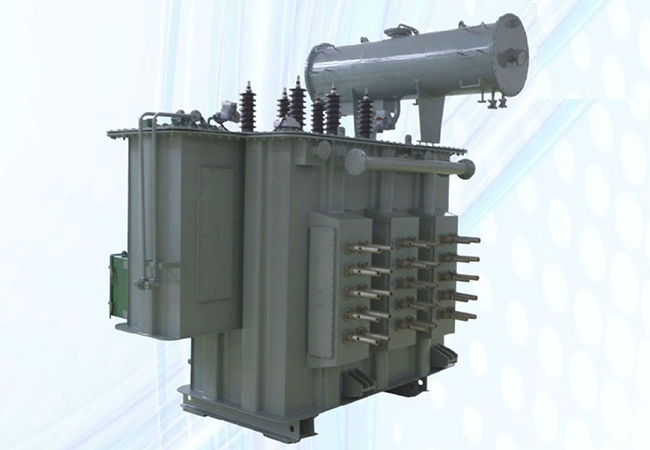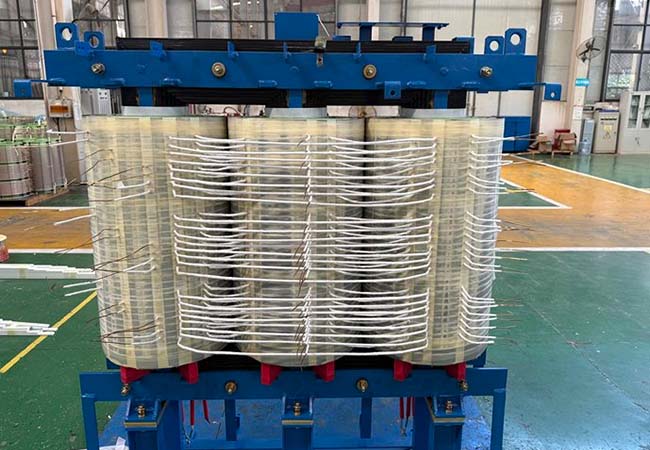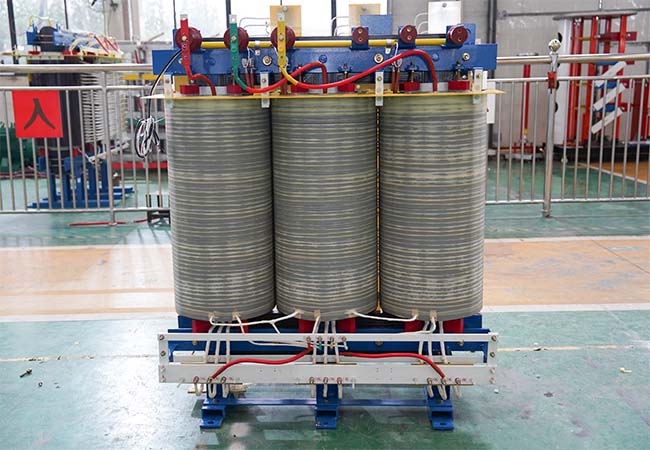Full Process Guide For Customization Of Industrial And Commercial Booster Transformers: From Demand Communication To Acceptance And Delivery
05-08 2025 | By:
In distributed photovoltaic projects, industrial and commercial ones should be considered a relatively common type. So what are the customization processes for industrial and commercial booster transformers?
1. Demand communication: accurately locate project pain points
The starting point for customization of industrial and commercial booster transformers is demand diagnosis. When contacting customers, ZTELEC Electric Technology (Zhengzhou) Co., Ltd first requires basic information such as project capacity, grid-connected voltage, and site conditions. For example, in a 2.5MW rooftop photovoltaic project at a certain automobile manufacturing plant in Zhejiang, the customer proposed the load-bearing limit of the color steel tile roof. The technical team reduced the weight of the equipment by 20% through lightweight design, and adopted a double-split winding solution to achieve multi-machine parallel connection, and the final annual power generation increased by 12%.
The key points to focus on at this stage are:
Environmental adaptability: IP54 protection level + anti-salt spray coating is required in coastal high-humidity environments, and anti-wind and sand filter + intelligent temperature control system is required in northwest wind and sand areas.
Grid access standards: Different regions have different requirements for voltage fluctuations and harmonic suppression. For example, Shandong coastal projects need to meet the weak grid adaptability of SCR=0.97.

Commercial Booster Transformers
Cost budget: 5-6MW industrial and commercial projects usually require 3 step-up box transformers + 1 set of grid-connected prefabricated cabins, with a total budget of about 900,000-1.1 million yuan. High-configuration requirements may increase by 10%-20%.
2. Solution design: technical adaptation and innovation integration
The technical team of ZTELEC Electric Technology (Zhengzhou) Co., Ltd will output customized solutions and quotations within 48 hours based on the box transformer electrical primary system diagram provided by the customer and combined with industry trends (such as high-voltage direct current and intelligent upgrades). The core design points include:
High efficiency and energy saving: Using amorphous alloy core transformers, the no-load loss is reduced by 40% compared with the national standard, the full-load efficiency is ≥98.5%, and the dynamic voltage regulation technology can reduce the abandoned light rate by 2%-3%.
Intelligent collaboration: Integrate the IoT cloud platform to monitor 50+ operating data in real time, with a fault warning accuracy of 98% and an operation and maintenance efficiency improvement of 70%.
Modular layout: The proportion of prefabricated cabin substations has increased to 45%, and the construction period has been shortened by 50%. For example, the 3.784MW project in Lianyungang was installed in 7 days.
Typical case: The 5MW fishery-photovoltaic complementary power station on the coast of Shandong uses a salt-fog-resistant reinforced box transformer, which has been operating with zero failures for 3 years and has a stable grid-connected efficiency of 99.2%.
III. Manufacturing: Quality Control and Delivery Guarantee
ZTELEC Electric Technology (Zhengzhou) Co., Ltd‘s 48 quality inspection procedures run through the entire production process, and strict standards are implemented from core stacking to finished product testing. Key links include:
Selection of core components: The transformer uses SCB14 dry-type transformers, and the circuit breakers use international brands such as Schneider and ABB, which have passed CQC, TUV and other certifications.
Environmental simulation test: Type tests are conducted for extreme environments (such as -40℃~+55℃ wide temperature, salt spray corrosion) to ensure that the equipment failure rate is less than 0.2 times/year.
Flexible supply chain: The modular production mode of industrial and commercial step-up transformers shortens the delivery cycle to 30-45 days and supports expedited orders.
IV. Installation and commissioning: full-process technical support
After the equipment arrives, ZTELEC Electric Technology (Zhengzhou) Co., Ltd provides “three-in-one” services:
On-site guidance: Dispatching experienced technicians for installation and commissioning to ensure the compatibility of equipment with the power grid.
Remote operation and maintenance: Real-time monitoring of equipment health status through digital twin technology, abnormal data warning in seconds, and fault response time shortened to within 4 hours.
Personnel training: Provide customers with operation training, covering equipment principles, emergency handling and intelligent monitoring platform use. For example, the XCMG project training covers more than 50 operation and maintenance personnel.
V. Acceptance and delivery: strict standards and long-term guarantee
The “three-level verification” system is implemented during the acceptance stage:
Appearance inspection: the cabinet protection level is IP54, the cabinet door opening angle is ≥130°, and the door lock uses a special key to ensure safe operation.
Performance test: including voltage withstand test (≥35kV), partial discharge test (≤5pC), temperature rise test (≤65K), and a third-party test report is issued.
Grid connection verification: simulate grid fluctuations to verify the stability of the equipment when the voltage deviation is ±10% and the frequency fluctuation is ±0.5Hz. For example, the grid connection efficiency of Datang Yancheng 2.91MW project reached 99.2%.
ZTELEC Electric Technology (Zhengzhou) Co., Ltd also provides 10-year core component warranty + lifelong technical support, and responds to emergency failures within 4 hours through localized reserves of spare parts.
VI. Industry Trends and Selection Recommendations
Currently, the customization of industrial and commercial step-up transformers presents three major trends:
Intelligence: AI diagnosis and digital twin technology are popularized, such as ZTELEC Electric Technology (Zhengzhou) Co., Ltd‘s remote monitoring platform, which can warn of equipment abnormalities 14 days in advance.
Green: The penetration rate of low-loss materials such as amorphous alloys and epoxy resins exceeds 60%, and carbon emissions are reduced by 30% over the entire life cycle.
Service: Leading companies have transformed from equipment suppliers to “technology + operation and maintenance” comprehensive service providers, such as ZTELEC Electric Technology (Zhengzhou) Co., Ltd.’s “one-stop” service covers the entire project cycle.
When selecting a supplier, it is recommended to focus on the following:
Technical barriers: core patents such as amorphous alloy cores and intelligent temperature control systems (ZTELEC Electric Technology (Zhengzhou) Co., Ltd has 83 patents).
Case experience: Prioritize companies with successful cases in similar scenarios (such as rooftops and fish-light complementarity).
Response speed: Manufacturers that provide quotations within 48 hours and complete solution optimization within 72 hours are more competitive.
Customization of industrial and commercial step-up transformers is a comprehensive reflection of technology, service and resource integration capabilities. ZTELEC Electric Technology (Zhengzhou) Co., Ltd has helped more than 300 projects achieve efficient grid connection through the five-dimensional system of “precise diagnosis of demand – intelligent solution design – flexible production manufacturing – rapid response to delivery – full-chain guarantee of operation and maintenance”. In the future, companies with efficient conversion, intelligent collaboration and environmental adaptability will dominate the market and promote the industry to continue to evolve in the direction of low-carbon, reliable and intelligent.
You may also find these interesting:


